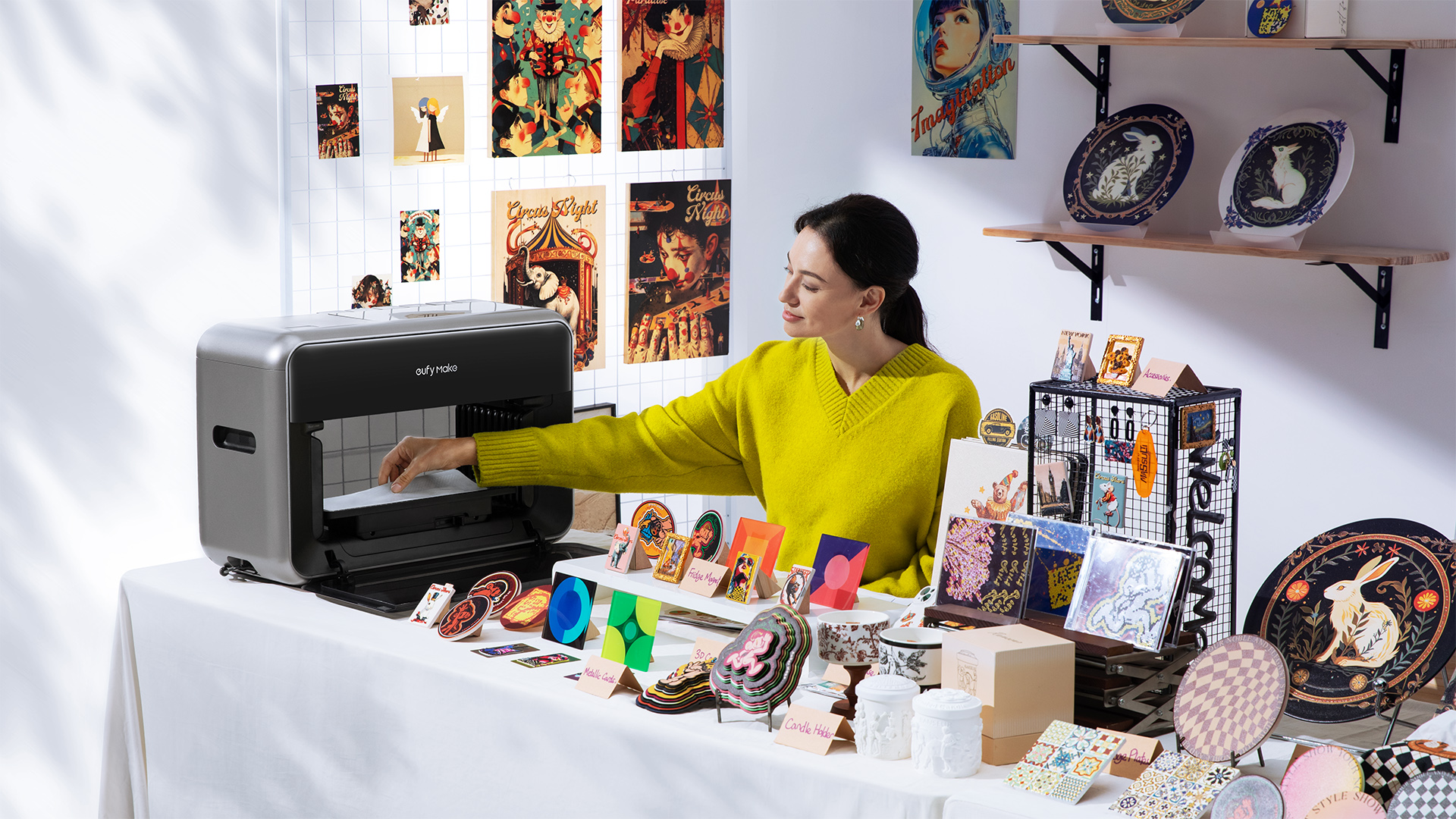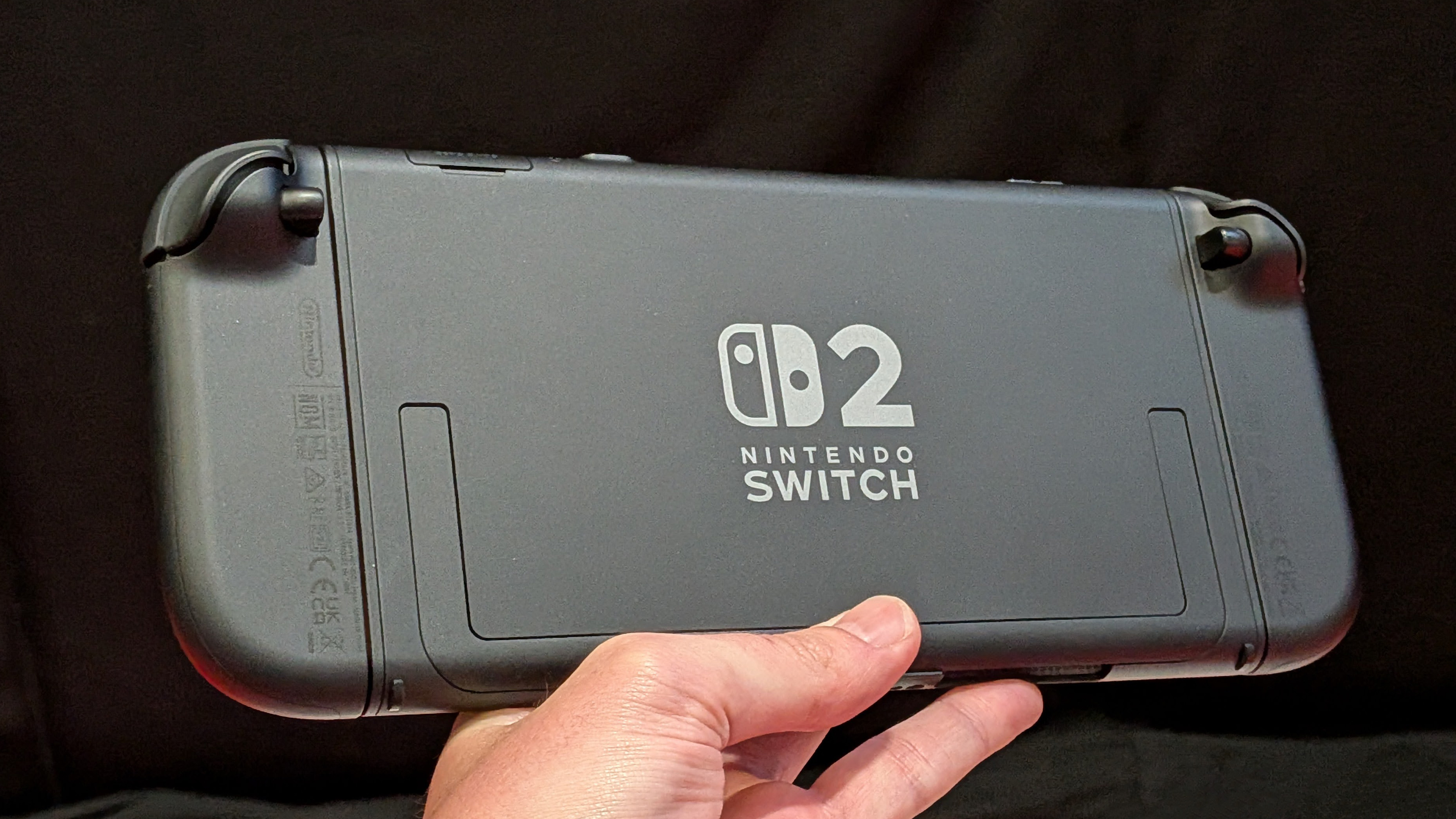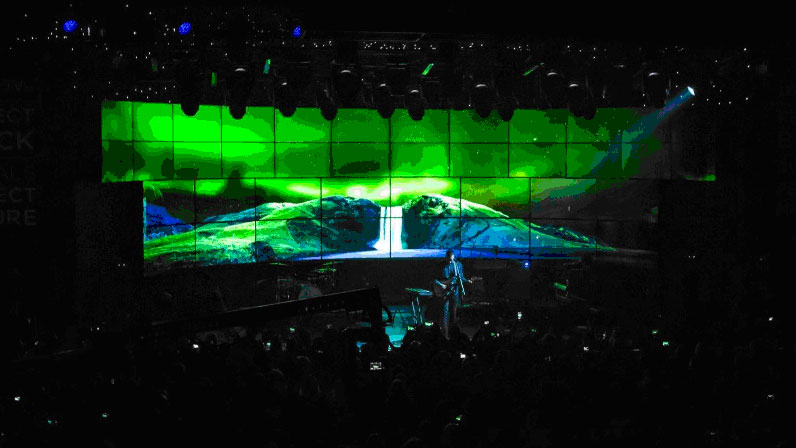
It’s a sad fact that today most people can’t witness the true beauty of stars – or events like the Aurora Borealis (Northern Lights) due to light pollution. The brilliant river of stars known as the Milky Way that has dominated the night sky and human imaginations since time immemorial is no longer visible to one third of the Earth’s population.
Modernity has brought increased convenience and comfort to countless lives, but there have been unintended consequences as well. Increasing urbanisation has caused more and more people worldwide to lose their primal connection with nature, something that is almost impossible to replace by technology alone.
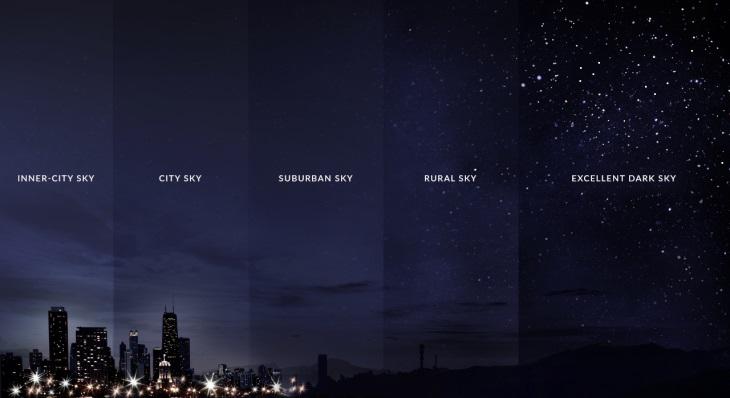
A light pollution map recently published by the Journal of Science Advances has increased global interest in the negative effects of light pollution. Smog and sludge are easy to see, but the effects of light pollution are difficult to quantify until we look up and watch as the dwindling number of stars that once animated the night sky are snuffed out one by one.
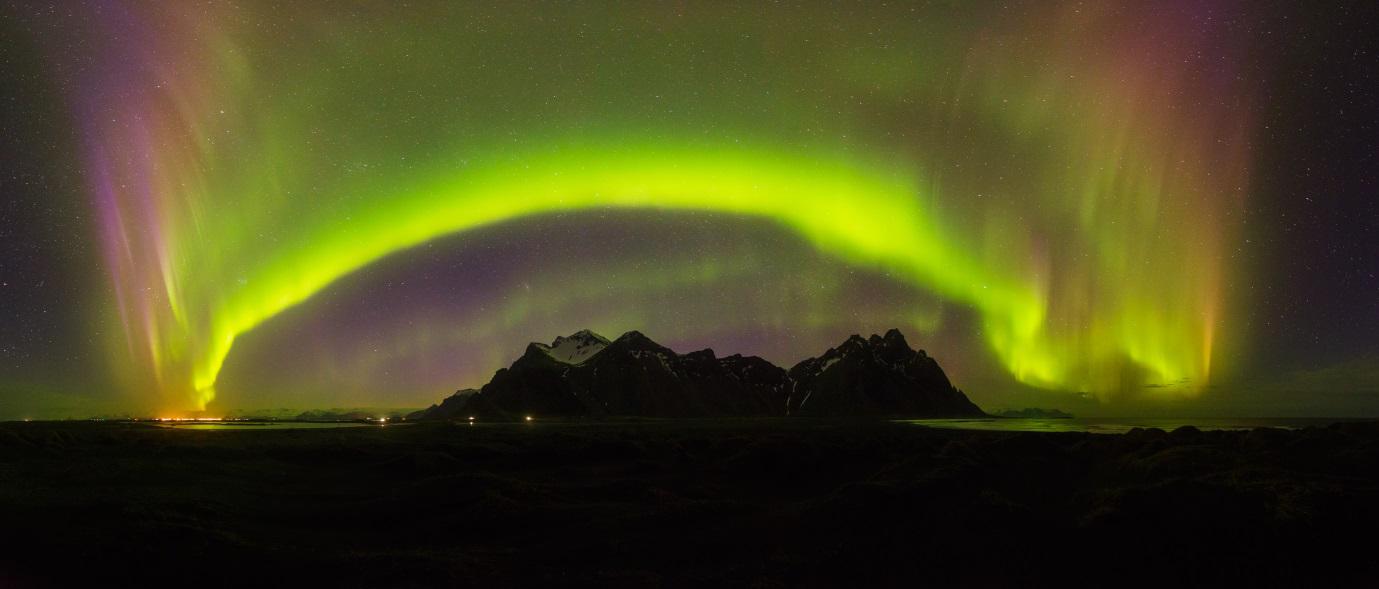
Cutting-edge OLED Display Technology Recreates the Beauty of Iceland
LG was inspired by the worldwide effort to combat light pollution and has implemented its advanced OLED technology to help bring this important issue to greater public attention. Just as the elimination of light pollution allowed the people of Reykjavik to see the beauty of the pure night sky, the perfect black of LG OLED TVs heightens contrast and allows for richer images.
Having eliminated backlight panels, OLED TV offers the purest black and the most accurate colour reproduction possible. This allows viewers to feel as if they are seeing the actual night sky, free of light pollution.

Held on 20 July, The Lights Out Stars On Concert began after a short introduction from Magnason – the driving force behind the 2006 black-out campaign in Reykjavik, and the project’s creative director Lewis Hilsenteger of Unbox Therapy – a YouTube star with five million subscribers.
Three high-profile Icelandic musicians – Ásgeir, GusGus and Ólafur Arnalds then took the stage one by one and performed in front of a display which featured 40 OLED screens and a combined 330,000,000 self-emitting OLED pixels.
Displaying lifelike, immersive aurora footage harmonised with the ambient music being produced onstage, LG’s OLED screens were instrumental in creating an unforgettable experience for the 1,000 guests in attendance.
The mind-blowing images of the northern lights used in the footage were captured on location in Iceland during the winter, the time of the year when the Aurora Borealis is most clearly visible.
Providing ultra-clear images of Iceland’s northern lights, wildlife, volcanic activity, glaciers, landscapes and more, the OLED TV Gallery at the Harpa Hall has also proven incredibly popular since opening to the public in July.
Running until November 20th, the exhibit uses the LG G6 OLED TVs to showcase brilliant 4K photographs taken by leading Icelandic photographers.
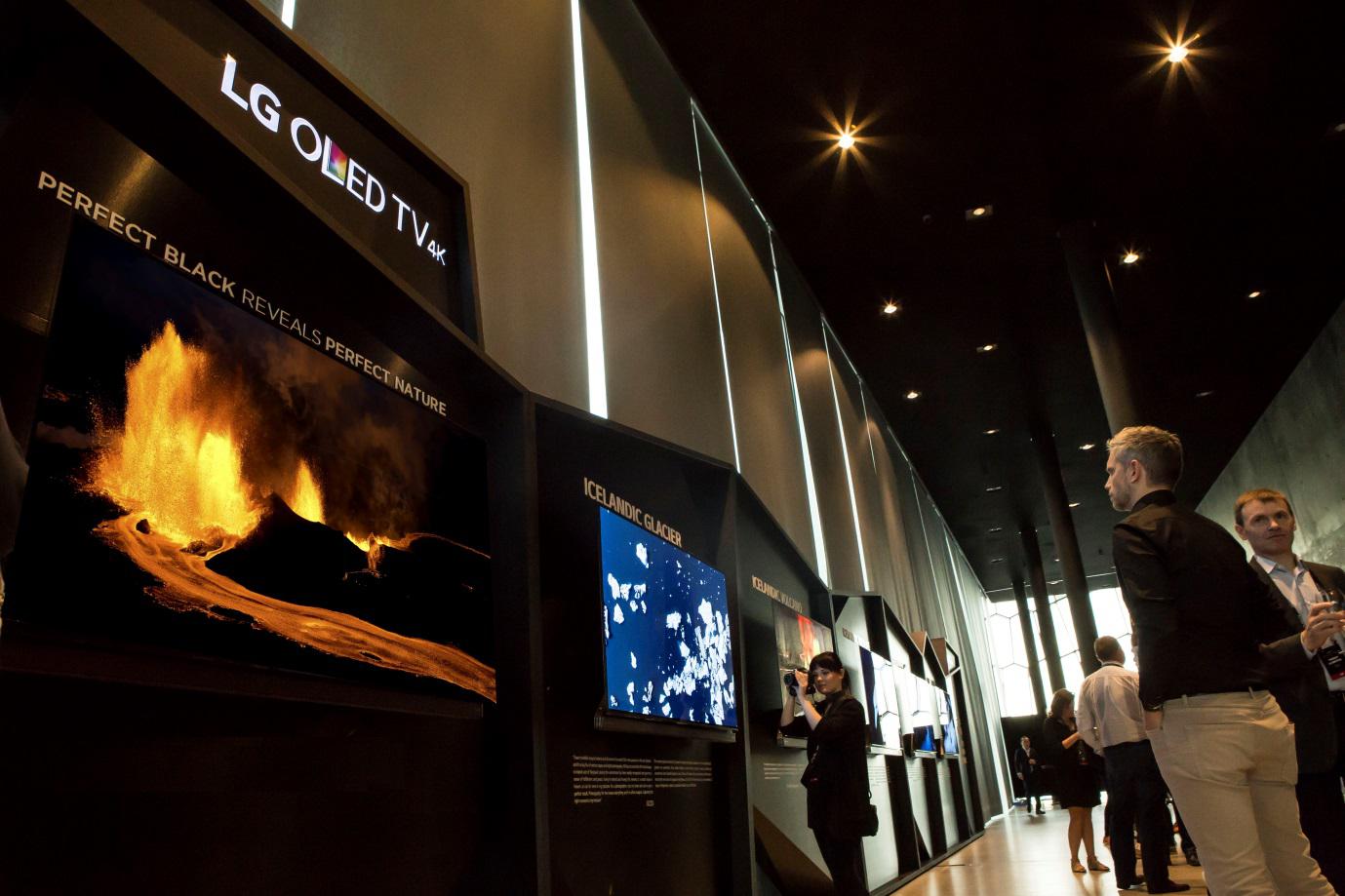
NASA representative Rodney P. Grubbs praised the event stating “I like the blending of an art and technology. These kinds of event can inspire people and remind people of the fragility of this rock that we call Earth that we are all sharing together.”
“Technology is at its best when it enables people to have natural experiences that normally would require them to physically be somewhere. Most consumers may not necessarily know what they are missing when viewing content on old display technology; I noticed an immediate difference the moment I plugged OLED in. The superiority of OLED – particularly for content utilising darker colour palates – is immediately apparent.” said Lewis Hilsenteger of Unbox Therapy.
The holy grail of display tech
Because individual OLED pixels can emit light on their own, OLED TV is able to create the perfect shades of black and the infinite contrast ratio that are impossible with a backlight. OLED pixels emit the exact amount of light required, creating a strikingly crisp, smooth and clean picture that is pleasantly rich yet achieves convincingly subtle realism.
Even the most advanced LCD TVs are limited by their reliance on backlight panels, leading to the light bleeding and inconsistent colour rendering that makes them incapable of accurately depicting the northern lights. However, OLED TV requires no backlight, making it unlike any other television on the market.
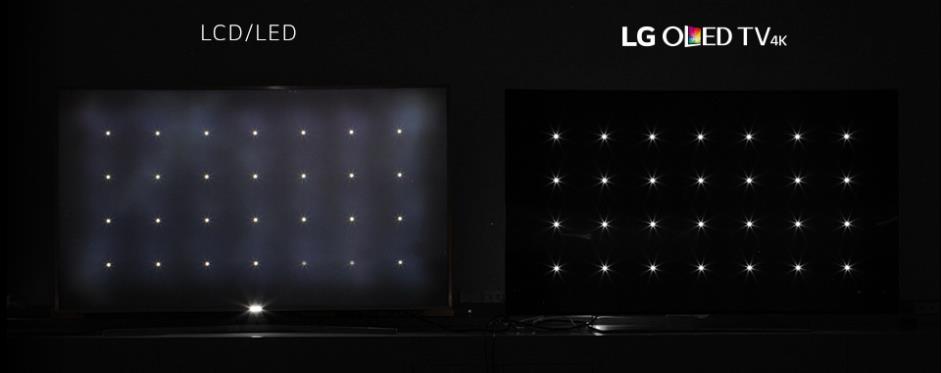
Sign up to the T3 newsletter for smarter living straight to your inbox
Get all the latest news, reviews, deals and buying guides on gorgeous tech, home and active products from the T3 experts
T3.com is one of the UK's leading consumer lifestyle websites, visited by over 10 million people every month. You can follow us on Twitter, Facebook and Instagram. We present products in helpful buying guides and carefully curated deals posts across style, living, auto, smart home, watches, travel, fitness and more. We also have a monthly magazine which you can buy in newsagents or subscribe to online – print and digital versions available.

